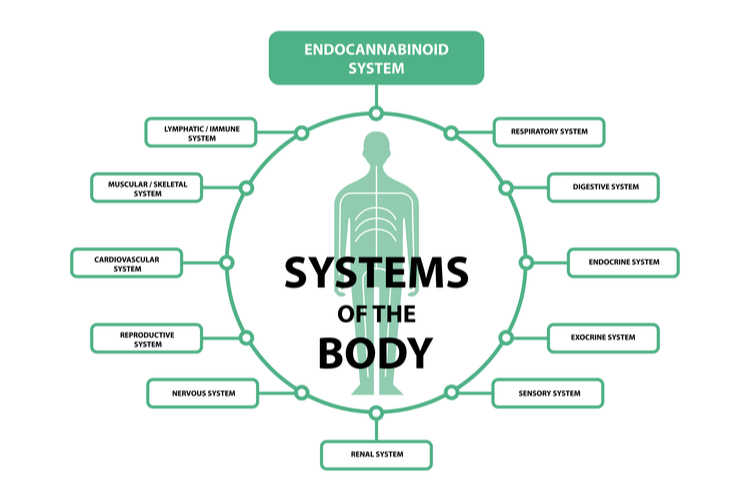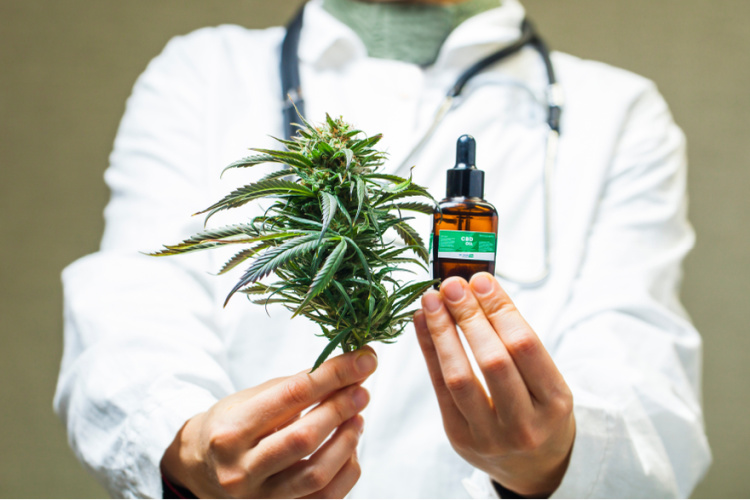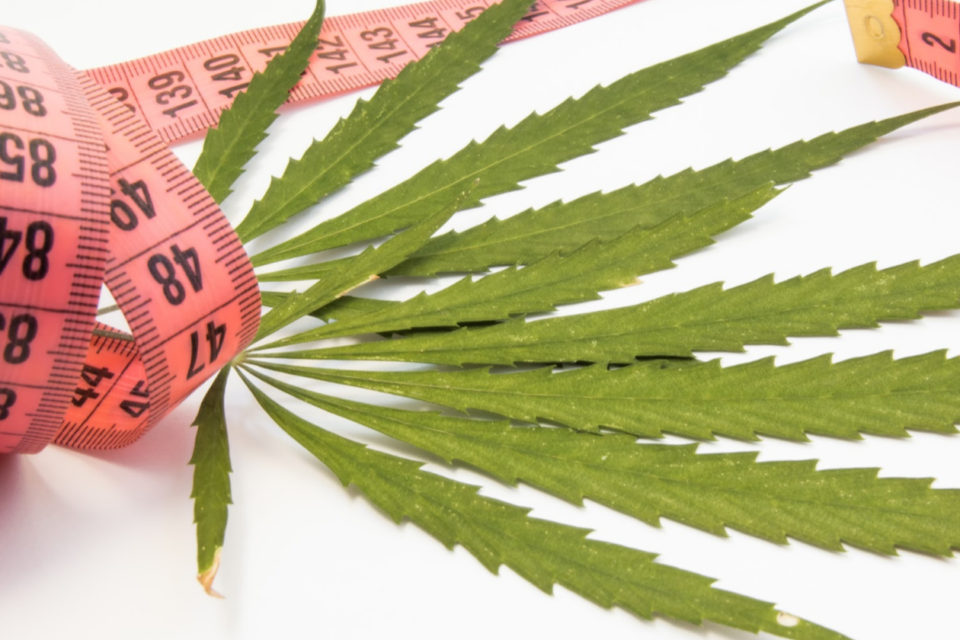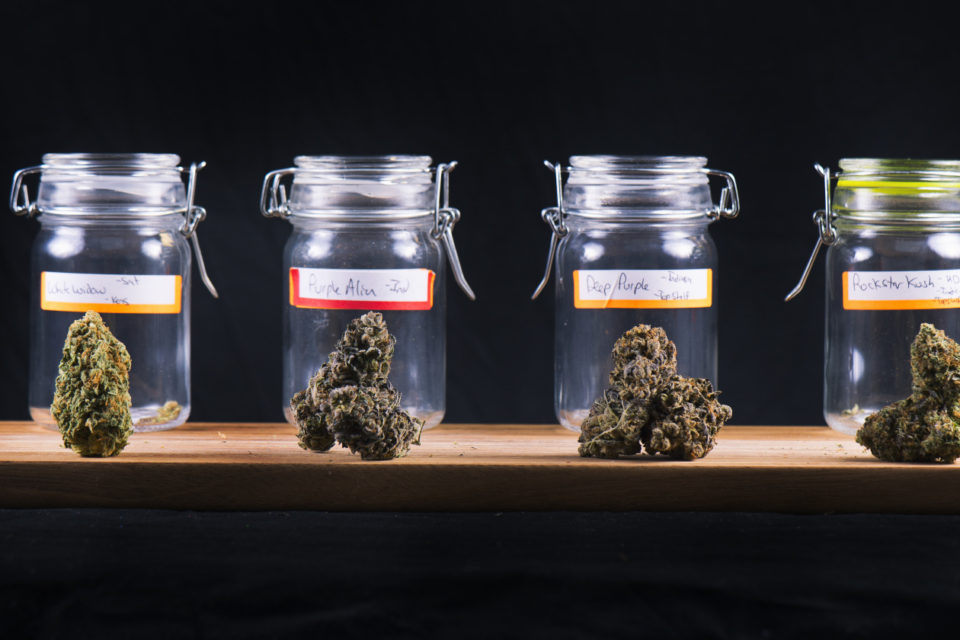Of all the many symptoms and conditions Americans turn to cannabis for—insomnia, anxiety, depression and even some kinds of seizures—cannabis for pain relief consistently ranks at the top of the list. And no wonder: As long ago as 2900 BCE, Chinese physicians were prescribing cannabis for pain and inflammation, as well as many of the other conditions we turn to it for today.
In this article, we’ll touch on a number of important questions around the use of cannabis for pain relief, including:
- Understanding Chronic Pain
- Cannabis for Pain: How It Works
- Best Kinds of Cannabis Strains for Chronic Pain
Understanding Chronic Pain
Although pain is—unfortunately—a part of every person’s experience, it’s only lately that researchers have begun to understand the destructive nature of chronic pain. Affecting more people than cancer, heart disease and diabetes combined, chronic pain is currently the most common cause of long-term disability in this country.

But if everyone experiences pain, that’s not to say all pain is the same. There are three major types:
- Nociceptive Pain: Perhaps the easiest type of pain to understand, nociceptive pain results from a physical injury. It’s often treated with anti-inflammatory medications
- Neuropathic Pain: Also called “nerve pain,” it can be caused by an injury, but specifically means an injury to a nerve. Most anti-inflammatories aren’t effective at tackling this type of pain.
- Central Pain: Sometimes called the “mystery pain,” central pain arises without a physical injury. Fibromyalgia is one well-known example.
The good news is that cannabis has the potential to treat all three types of pain, in different ways.
Cannabis for Pain: How It Works
The cannabis plant contains a group of roughly 150 natural compounds called “cannabinoids,” including THC and CBD. When we ingest cannabis for pain, these plant-based chemicals interact with a regulatory network called The Endocannabinoid System to impart a wide variety of effects, including THC’s euphoric “high” and CBD’s anxiolytic (or anxiety-reducing) properties.

Both THC and CBD have anti-inflammatory properties, which means they work with the body to reduce pain and swelling at the sites of injuries. But beyond that, each works in different ways: THC blocks pain signals as they pass through the spinal cord to the brain. And its euphoria can naturally increase the activity of our own opioid receptors (without the use of potentially harmful opioid drugs).
By comparison, CBD—on top of its own anti-inflammatory effects—reduces localized pain by helping control signaling and repair cells. CBD also initiates pain-reducing mechanisms in the brain, stimulating receptors to dampen the signals of pain as they’re received there.
Best Kinds of Cannabis Strains for Chronic Pain
Each cannabis product we sell is marked with a cannabinoid ratio, or the proportion of THC to CBD. This information goes a long way towards determining which cannabis strains are best for each type of pain.

For nociceptive pain—the kind that results from a physical injury—many researchers suggest using a cannabis strain that contains a more or less balanced ratio between THC and CBD. This gives you the power of both cannabinoids’ anti-inflammatory and other properties, and the balanced ratio means that the euphoric effects of THC will be somewhat reduced compared with a high-THC strain.
For neuropathic pain, high-THC strains stimulate our body’s CB1 receptors to provide relief through euphoria. But again, CBD may have a role to play here, too: Though researchers caution against rushing to conclusions, a 2012 study showed that CBD can be effective against some types of neuropathic pain.
Because our understanding of central pain is fairly new, there are many open questions regarding this group of afflictions. In one study of 26 fibromyalgia patients, for instance, every patient found that cannabis improved their condition. But when it comes to the question of which cannabis strains work best, more research is needed. Again, many clinicians suggest starting with a strain with an equal balance of THC of CBD, to be sure you’re getting the most from these two powerful pain-killing medicines.
To get started with cannabis for pain, visit our Cambridge dispensary or check out our online menu.




